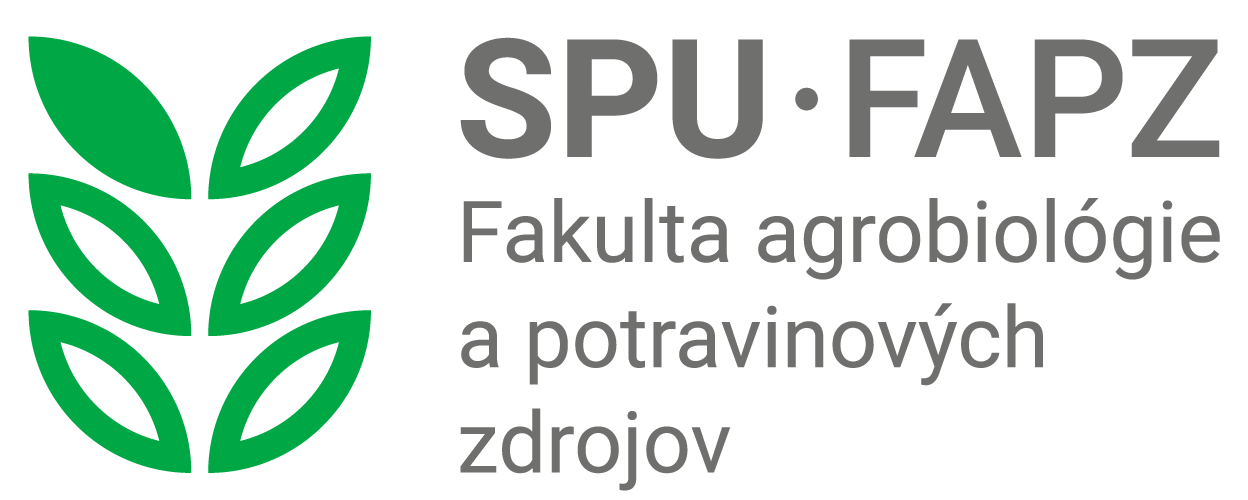Monitoring of environmental pollution using honey bees
09.01.2025
On December 5, 2024, the Final Conference of the investigators and national coordinators of the Insignia EU project was held in Brussels. The project, launched in 2023, focused on standardized monitoring of pollutants in the hive environment and sources of bee pasture in all 27 EU countries. The project was funded by the European Commission, the Final Conference was therefore held on their premises. The results were also presented at the European Parliament, where the meeting was moderated by the Vice President of the European Parliament, Martin Hojsík.
The aim of the Insignia EU action was to establish a citizen scientist pan-EU network of beekeepers, to bio-monitor environmental pollution using honey bee colonies. To achieve this, the Insignia action:
1) built a beekeepers citizen scientist community,
2) developed in-hive passive samplers to conduct the non-invasive sampling of honey bee colonies, and
3) provided proof of principle that a honeybee colony is an excellent, globally applicable, reliable bio-monitoring tool.
The action was carried out in 315 apiaries across all 27 EU countries. In each country, a national coordinator was assigned with a direct link to the participating beekeepers and the Insignia consortium. A national coordinator distributed the sampling toolkit to beekeepers and organised the transport of the samples to laboratories. In Slovakia, 10 beekeepers participated in the project. Sampling was facilitated by an illustrated manual that described in detail the steps for sampling, storage and shipment. The apiary selection was based on land use: agricultural, artificial, and forest/natural.
Out of 450 non-polar target pesticides, 202 pesticides were detected. No apiary was completely free of pesticides, indicating that pesticides are ubiquitously present in the environment. The fungicides azoxystrobin, boscalid and fluopyram and the insecticide acetamiprid were found in almost each apiary. Eight polar pesticides were analysed in fresh honey. In 6% of the samples, glyphosate and its derivates were dominating. The amount of pesticides detected did not exceed the MRL (maximum permitted residue level) threshold, in all cases the honey samples analyzed met the safety threshold set for food. Pesticides are present in honey to a much lesser extent than in other foods produced in the same area. In the hive environment, most of the pesticides from the nectar are captured in the wax during its processing into honey.
Another of the passive samplers developed for this study was used to identify microparticles. In most cases, these were fibres, and to a lesser extent, fragments and films. Approximately half of the fibres were textile fragments made of silk or cotton. Of the plastics, the most abundant microparticles were polyester, polypropylene and polyacrylonitrile.
Regarding air pollutants, the presence of 35 polyaromatic hydrocarbons and 19 volatile organic compounds was detected in the silicone passive samplers in the hive. The most detected volatile organic compounds were isoprene and hexane, and the most commonly detected polyaromatic hydrocarbons naphthalene and methylnaphthalenes. All eight measured heavy metals were confirmed in propolis samples.
Analysis of approximately 2,500 pollen samples showed the presence of pollen from 50 plant genera. The most important plants providing protein nutrition to bees in Slovakia include oilseed rape, willows, plantains, clovers, wild mignonette, wild poppy and phacelia. It is interesting that the plant sources of pollen used by bees in Slovakia are rather similar to those in Austria, Hungary, the Balkans and Italy, while Poland and the Czech Republic belong to the “Nordic” group together with the Scandinavian and Baltic countries.
The final report from the project will be publicly available in the coming days on the European Commission website and on the official project website www.insignia-bee.eu. The report will summarize and visualize the results of analyses regarding the occurrence of pesticides, microplastics, volatile substances, heavy metals, as well as pollen diversity for the European Union as a whole and each country separately. Slovakia is one of the countries with below-average occurrence of pollutants in the EU.







